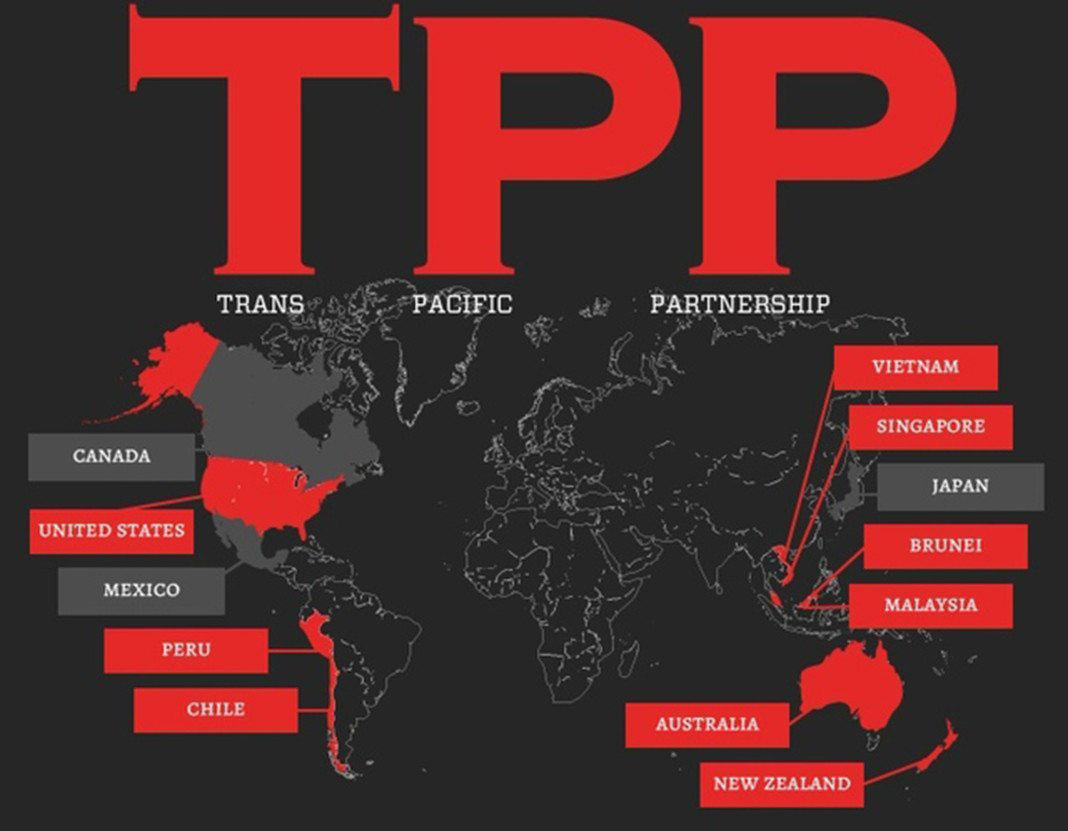Trans-Pacific Partnership (TPP) decapitated
January 25, 2017 | Expert Insights
Is there opportunity for China and India?
Why did US Opt Out?
On 24 Jan 16, in one of his first executive orders, President Donald Trump formally pulled out the US from negotiations in the Trans-Pacific Partnership, trade deal. Thus, Donald Trump has fulfilled the election promise, which he labelled as a ‘job killer’. In reality, the trade deal had not been ratified by the US Congress and many experts, including some prominent Democrats had viewed the TPP as unfavorable to US interests. According to the US Bureau of Statistics, between 1999 – 2011, six million manufacturing jobs were lost in the US. There is also statistical correlation to suggest that US job losses were mirrored with job gains in China. However, will withdrawing from TPP will bring back jobs to the US?
What is the Challenge from Robotics?
Foxconn, Taiwan the supplier for both Apple and Samsung, is in the forefront of the robot revolution. Reports suggest that the company has already replaced 60,000 factory workers with Foxbots, the company robot. Foxbots can reportedly assemble up to 30,000 IPhones in one sitting. Unlike human workers, robots do not get sick, complain or argue about unfair wages and labor practices. Thus, even if President Donald trump succeeds in re-locating manufacturing to US soil, the impact of the robot revolution is likely to do more damage to employment than the perceived benefits of trade protection.
How Big was the TPP?
The trade agreement had been signed in 2015 by 12 countries, which together account for 40% of the global economy. Had the treaty been finalized, it could have become the largest trade deal in history. The other 11 countries were, Australia, Vietnam, Canada, Chile, Japan, Malaysia, Mexico, New Zealand, Peru, Singapore and Brunei. It is pertinent to note that China, India and Indonesia, prominent countries in the Asia Pacific, are not members of the TPP.
What is the Future of TPP?
With the US out, the other nations may not be able to salvage the deal, unless it is radically restructured. Australian PM Malcom Turnbull has already suggested that there is potential for China to join the trade agreement. The TPP is a weighty and complex agreement, negotiated painstakingly by the 12 countries, since 2005. TPP would have drastically reduced tariffs between member countries. However, it would also have incorporated anti-corruption measures, Intellectual property obligations and Human Rights, Child labor and environmental commitments, in exchange for trading rights. With these comprehensive provisions, member states had collectively raising standards, hoping to be better positioned to compete with otherwise cheaper trade from China and India, which would be disadvantaged by TPP. Why then should China or India be now attracted to join TPP?
China & the World Economic Forum (WEF)
Last week at the WEF at Davos, President Xi Jinping, leader of the world’s largest Communist Party, made the inaugural address. In what might have been incredible a few years earlier, the Chinese President spoke in defence of globalization. He stressed on the need for reform & the pursuit of development, the absence of global governance mechanisms and the need to address unequal global development. Does this mean that Globalization, increasingly abandoned by the West, may have found a new champion in the East?
Assessment
The robot revolution, shall inevitably replace human labor, in time. Already robots have begun replacing humans in the manufacturing sector and trade protection between nations, may have little impact on domestic employment. Governments shall have to innovate with new social practices to manage human demand, in the face of prospective unemployment. Finland’s experiment with ‘basic income’ should become a worthy study, for the future.
Demand and consumption should continue to geographically align with populated areas. Thus, China and India should continue to remain attractive demand centers, for the foreseeable future. Generically, governments may be better advised than adopting restrictive trade practices, to generate employment. In fact, rising domestic prices from trade protection may only add to the woes of increasing unemployment.
China, India and South Korea along with seven members of the (erstwhile) TPP, are already signatories to the Regional Comprehensive Economic Partnership (RCEP). Unlike the TPP, the RCEP is a simpler deal with lower and more limited regulatory standards. The fall of the TPP should be replaced with the rise of RCEP, which should be implemented at the earliest.


